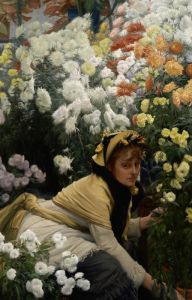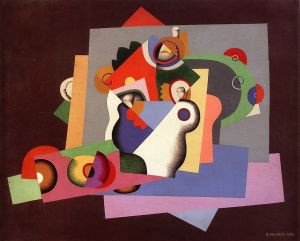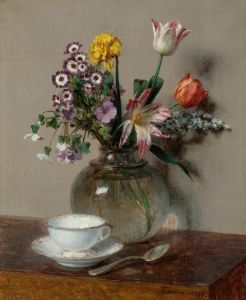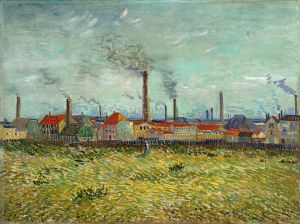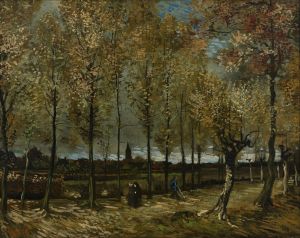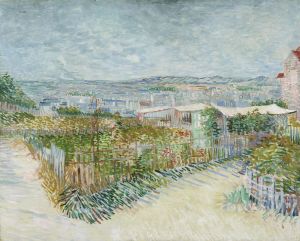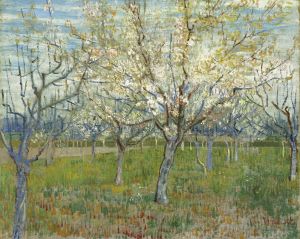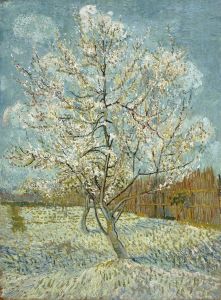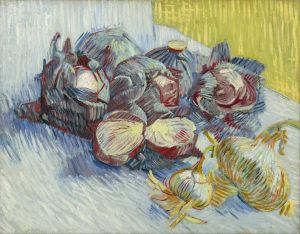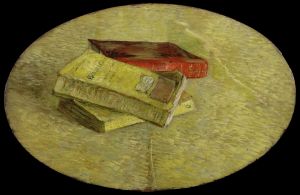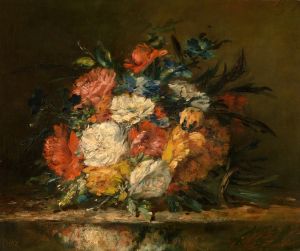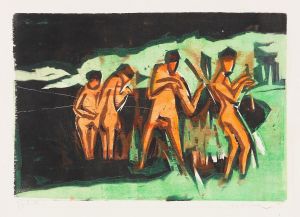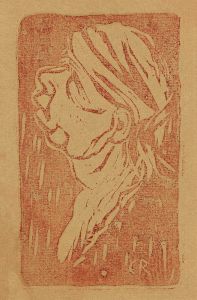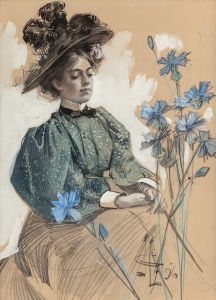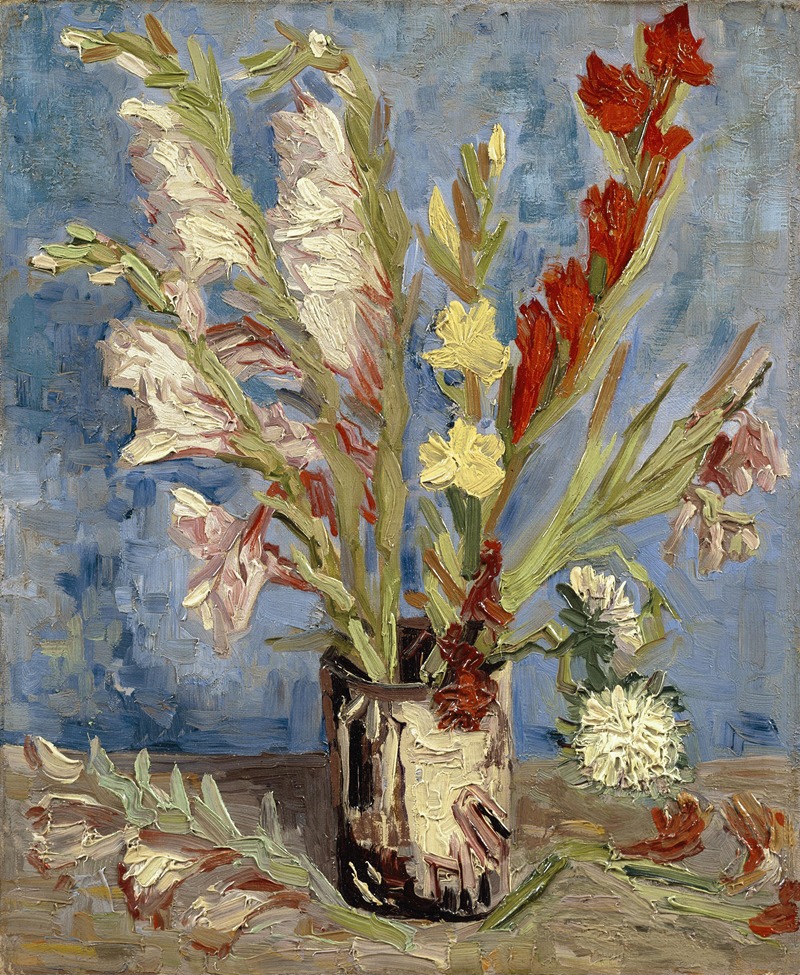
Vase with gladioli and China asters
A hand-painted replica of Vincent van Gogh’s masterpiece Vase with gladioli and China asters, meticulously crafted by professional artists to capture the true essence of the original. Each piece is created with museum-quality canvas and rare mineral pigments, carefully painted by experienced artists with delicate brushstrokes and rich, layered colors to perfectly recreate the texture of the original artwork. Unlike machine-printed reproductions, this hand-painted version brings the painting to life, infused with the artist’s emotions and skill in every stroke. Whether for personal collection or home decoration, it instantly elevates the artistic atmosphere of any space.
"Vase with Gladioli and China Asters" is a still-life painting by the Dutch Post-Impressionist artist Vincent van Gogh. The artwork was created in the summer of 1886 during van Gogh's time in Paris, where he lived with his brother Theo. This period marked a significant transformation in van Gogh's artistic style, as he was exposed to new influences, including the works of Impressionist and Neo-Impressionist painters.
The painting depicts a vibrant arrangement of gladioli and China asters in a vase. The composition is characterized by its bold use of color and dynamic brushwork, which are hallmarks of van Gogh's evolving style during this period. The flowers are rendered with expressive, textured strokes, showcasing van Gogh's interest in capturing the vitality and movement of natural forms. The background is relatively simple, allowing the focus to remain on the flowers and their vivid hues.
Van Gogh's time in Paris was crucial for his artistic development. He studied the works of contemporary artists and experimented with brighter color palettes and new techniques. This painting reflects his growing interest in color theory and his desire to move away from the darker tones of his earlier works in the Netherlands. Still-life paintings, such as "Vase with Gladioli and China Asters," provided van Gogh with an opportunity to explore these new approaches to color and composition.
The exact location of this painting is not specified in many public records, and it is not among van Gogh's most widely discussed works. However, it remains an example of his exploration of still-life subjects and his dedication to mastering the use of color and texture.
As with many of van Gogh's works, "Vase with Gladioli and China Asters" reflects his deep appreciation for nature and his ability to convey emotion through his art. The painting is part of a broader series of floral still lifes that van Gogh created during his Paris years, which collectively demonstrate his artistic growth and experimentation during this transformative period of his career.





